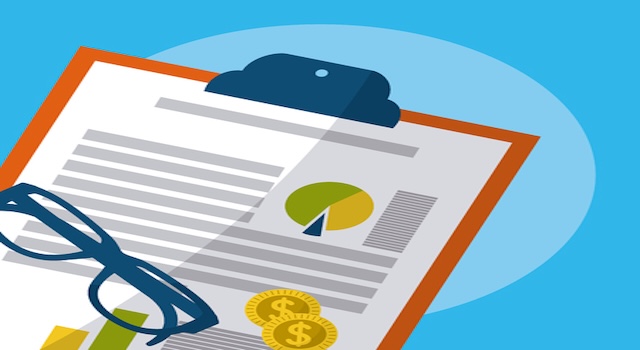Third-Party and Supplier Compliance Automation: Reducing Risk in Your Extended Ecosystem
As global supply chains and business partnerships grow increasingly complex, third-party risk has become one of the most critical compliance challenges for enterprises. Vendors, suppliers, and contractors often handle sensitive data or play key roles in regulated processes. Automating supplier compliance management helps organizations maintain oversight, reduce manual effort, and protect against financial, operational, and reputational risks.
The growing importance of third-party compliance
Regulators are holding companies accountable not only for their own compliance practices but also for those of their suppliers. Industries such as manufacturing, healthcare, and finance face heightened scrutiny around vendor risk, data protection, and ethical sourcing. Managing hundreds or thousands of suppliers through spreadsheets and manual audits is no longer viable. Automation provides the scalability and visibility needed to ensure compliance across complex partner networks.
Challenges in managing supplier compliance
Organizations often struggle to collect accurate compliance data from suppliers, track certifications, and monitor ongoing performance. Inconsistent documentation, outdated records, and limited visibility into supplier operations create audit gaps. The lack of standardization makes it difficult to assess risk levels or respond quickly to compliance breaches. These issues can expose companies to fines, disruptions, or damage to customer trust.
How compliance automation transforms supplier management
Automation platforms centralize supplier data and continuously monitor compliance status. They can automatically collect certifications, validate documents, and flag expirations or missing information. AI-driven risk scoring models assess supplier performance based on compliance history, financial stability, and regional regulations. Automated workflows streamline onboarding, renewals, and corrective actions, ensuring that compliance remains active throughout the supplier relationship.
Integrating automation with procurement and ERP systems
Supplier compliance automation becomes most effective when integrated with core business systems such as procurement and ERP. This integration ensures that only approved and compliant vendors can be selected for purchases, reducing exposure to noncompliant suppliers. Real-time updates flow between systems, allowing procurement teams to make informed decisions based on the latest compliance data. The result is a seamless link between compliance oversight and operational execution.
Enhancing visibility through continuous monitoring
Continuous monitoring provides organizations with real-time insight into supplier performance and emerging risks. Automation tools can track data from multiple sources, including regulatory databases, financial reports, and news feeds. When potential issues are detected—such as regulatory sanctions or ESG violations—the system automatically alerts compliance teams. This constant vigilance enables faster response and more resilient supply chain operations.
Improving collaboration and transparency
Automation enhances communication between organizations and their suppliers. Portals and dashboards give vendors a clear view of their compliance obligations and allow them to upload documentation directly. Automated reminders ensure timely updates, while real-time feedback helps suppliers resolve deficiencies quickly. This transparency fosters stronger partnerships built on accountability and trust.
Reducing audit and reporting effort
With compliance data stored in a centralized system, generating audit reports becomes faster and more accurate. Automated documentation trails provide regulators with clear evidence of due diligence. Reports can be customized to align with frameworks such as ISO 9001, SOC 2, or industry-specific standards. This streamlined reporting not only reduces administrative burden but also strengthens the organization’s compliance posture during audits.
Key factors for successful automation adoption
Before implementing supplier compliance automation, organizations should define clear risk categories, data ownership responsibilities, and escalation paths. Ensuring data accuracy at the onboarding stage is essential for reliable monitoring. Cross-functional collaboration among procurement, legal, and compliance teams ensures that technology aligns with strategic objectives and regulatory requirements.
The takeaway
Third-party and supplier compliance automation enables organizations to manage risk more efficiently and transparently across their extended ecosystem. By integrating automation with core systems, continuously monitoring supplier performance, and maintaining centralized audit trails, businesses can achieve proactive compliance at scale. In a world where accountability extends beyond company walls, automation provides the visibility and control needed to build resilient, compliant partnerships.







